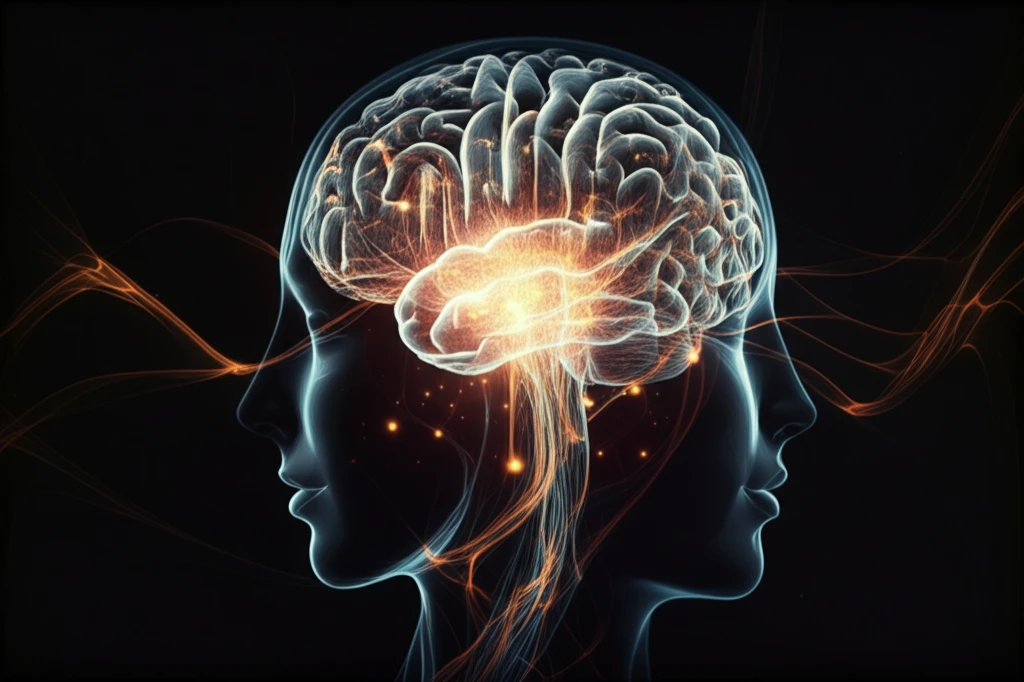
Unlocking Hope: Novel Glioblastoma Treatments on the Horizon
"Exploring New Avenues in Preclinical Glioblastoma Therapy: A Guide to Promising Research and Opportunities"
Glioblastoma, a formidable WHO grade IV brain tumor, presents a significant challenge due to its aggressive nature and limited treatment options. Despite the combination of radiation, chemotherapy, and surgery, the prognosis for patients remains poor, with an average survival of only 12 to 15 months post-diagnosis. This bleak outlook underscores the urgent need for innovative therapeutic strategies.
Over the past years, researchers have made significant strides in understanding the molecular and genetic intricacies of gliomas. Identifying subtypes based on genetic backgrounds—such as p53 mutations in secondary glioblastomas and EGFR amplification in primary glioblastomas—has refined our approach to treatment. The groundbreaking discovery of IDH1 mutations in low-grade gliomas and secondary glioblastomas has further enabled categorization and differentiation from non-neoplastic brain tissue.
Despite these advances, glioblastoma remains notoriously difficult to treat, highlighting the necessity for innovative strategies. It's crucial to understand how glioblastomas evade conventional treatments. Experimental models are yielding novel therapeutic regimens that include apoptosis-based therapies like TRAIL, tyrosine kinase inhibitors, HSP90 inhibitors, and novel drug combinations. This article explores the molecular mechanisms of resistance in GBM and delves into rising therapeutic venues, offering a beacon of hope in the fight against this devastating disease.
Targeting Glioblastoma: How Can Genetic Alterations Lead to Breakthrough Therapies?

Genetically, glioblastomas can be categorized into primary and secondary types. Primary GBMs develop de novo, often harboring EGFR amplifications and PTEN alterations, which intensify apoptotic resistance, accelerate tumor cell proliferation, and promote angiogenesis. Conversely, secondary GBMs evolve from lower-grade lesions, frequently displaying TP53 and IDH1 mutations. These genetic distinctions offer avenues for targeted therapeutic interventions.
- Diagnostic Implications: A recently identified IDH1 mutation-specific antibody allows for sensitive and specific detection of the mutation in gliomas.
- Differential Diagnosis: This antibody aids in distinguishing diffuse astrocytomas from reactive astrocytes, improving diagnostic accuracy.
- Culturing Challenges: Some genetic alterations, such as EGFR amplification and IDH1 mutations, are lost when glioma cells are cultured, highlighting the limitations of current in vitro models.
- Therapeutic Potential: The IDH1 mutation at R132 may be exploited therapeutically by targeting glutaminase, an enzyme essential for the production of α-ketoglutarate in IDH1-mutated cells.
The Future of Glioblastoma Treatment: A Multifaceted Approach
Glioblastoma remains a formidable challenge, but progress is being made on multiple fronts. Targeting the Hsp90 protein with drugs like 17-AAG shows promise, as Hsp90 supports several molecules crucial for tumor growth. Polyphenols, found in foods, also offer a potential avenue for new treatments. The focus on apoptosis with TRAIL, combined with other drugs, may offer new approaches to treatment. The way forward involves combining treatments that target different aspects of this disease. Small gains in understanding and care will hopefully lead to fresh treatments, which are much needed in the long run.
